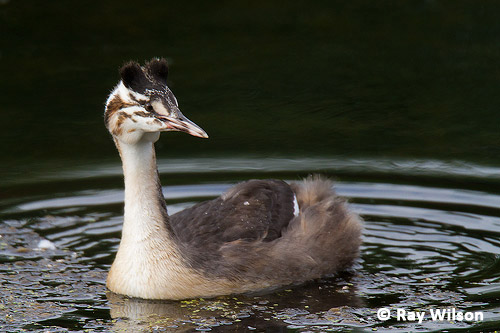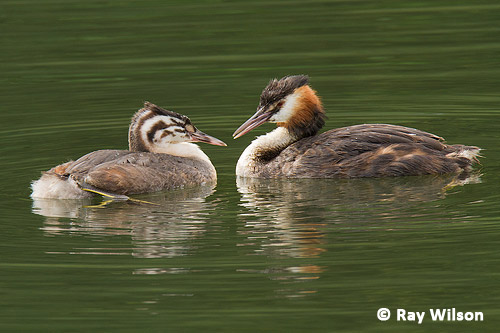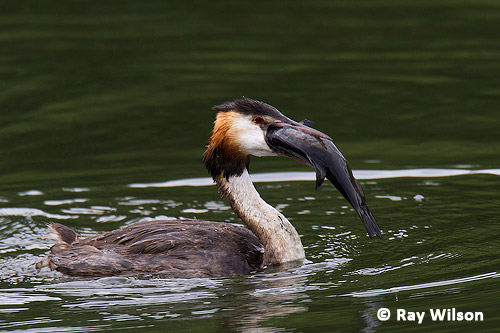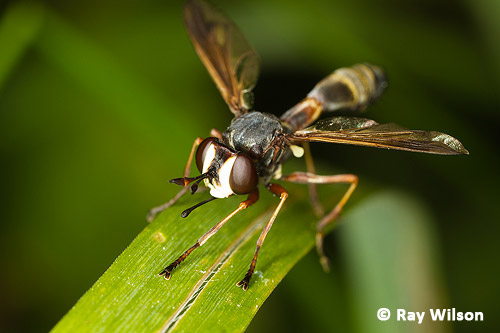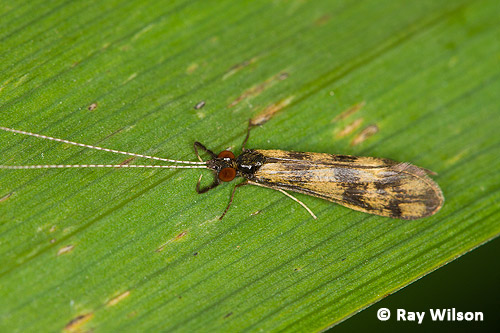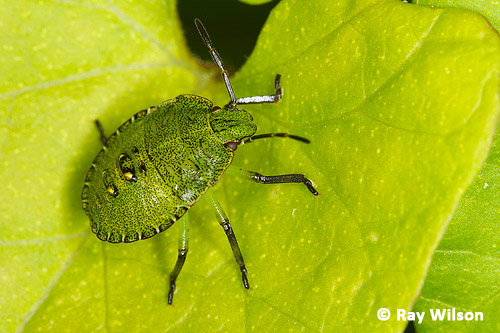
- Home
- Photography Tours
- Diary / Blog
- Galleries
- Foreign Trips
- Tasmania 2016
- NE Queensland 2016
- Western Alps 2016
- NE Spain 2016
- Australia's Wet Tropics 2015
- Australia's Top End 2015
- SW Australia 2015
- Switzerland 2015
- Andalucia 2015
- Belize 2015
- Australia 2014
- Switzerland 2014
- Belize 2014
- Bahama Islands 2014
- Switzerland 2013
- Ecuador 2012-2013
- Florida 2011-2012
- Vancouver Island 2011
- Australia 2010
- Peru 2008
- Bulgaria 2007
- Lesvos 2006
- California 2006
- New Zealand 2005
- Extremadura 2005
- Goa, India 2004
- The Gambia 2003
- About
August 2011
Juvenile Great Crested Grebe (Podiceps cristatus) - Attenborough, Nottinghamshire
All of the photos this month were taken within 1 mile of my house.

Juvenile & Adult Great Crested Grebe (Podiceps cristatus) - Attenborough, Nottinghamshire
The local Great Crested Grebes are always particularly photogenic. This pair only have one surviving chick and it was pretty much full grown by the middle of the month.
Juvenile & Adult Great Crested Grebe (Podiceps cristatus) - Attenborough, Nottinghamshire
At one point while I was watching them, one of the adults caught a huge fish (I think it was a Tench) and spent the next half hour trying to swallow it!
Great Crested Grebe (Podiceps cristatus) - Attenborough, Nottinghamshire
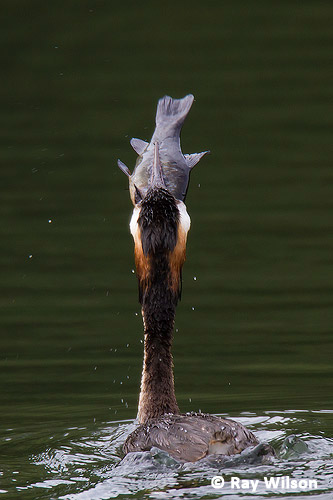
Great Crested Grebe (Podiceps cristatus) - Attenborough, Nottinghamshire
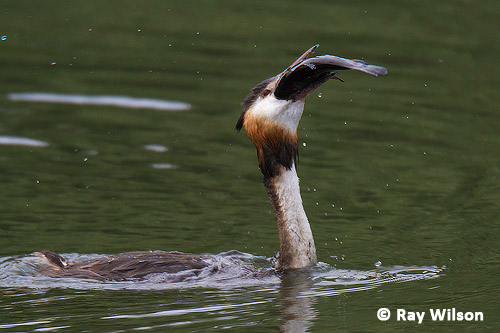
Great Crested Grebe (Podiceps cristatus) - Attenborough, Nottinghamshire
After about 20 minutes of struggling to swallow the fish it was starting to look a bit dishevelled...
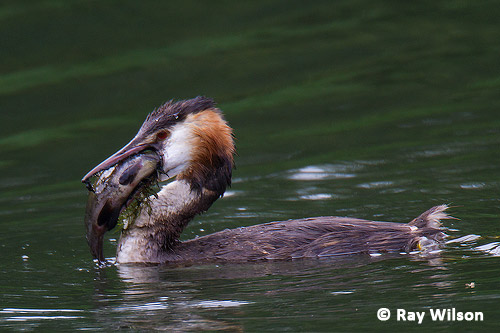
Great Crested Grebe (Podiceps cristatus) - Attenborough, Nottinghamshire
Finally, it managed to get it down. Probably worth the effort as it wouldn't have to eat again for a while after such a big meal, but it couldn't have been very comfortable swallowing something that large!
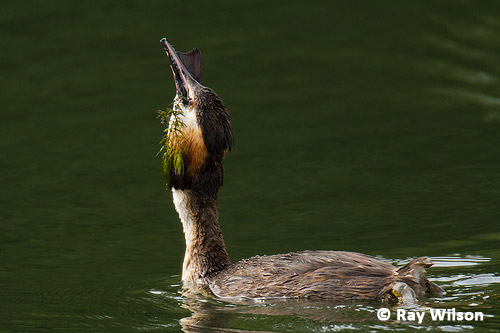
Great Crested Grebe (Podiceps cristatus) - Attenborough, Nottinghamshire
Even after the fish had been swallowed, the juvenile was still continually pestering the adult...
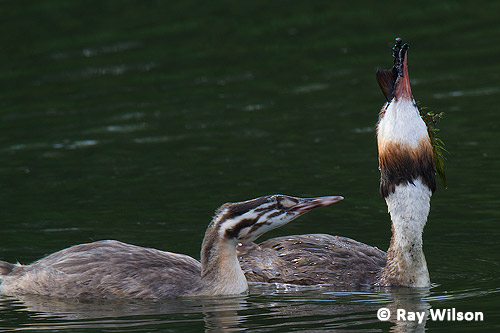
Juvenile & Adult Great Crested Grebe (Podiceps cristatus) - Attenborough, Nottinghamshire
Interesting insects on the reserve included the Conopidae fly below. It was the first time I've seen this species but It is fairly common throughout most of Europe. Its larvae are endoparasites of bumblebees.
Physocephala rufipes - Attenborough, Nottinghamshire
The tiny, 3mm long planthopper shown below is one of the 16 species of Macrosteles found in the UK. Identification to species for most of the members of this genus is impossible from photographs and positive identification requires microscopic examination of their genetalia after dissection.
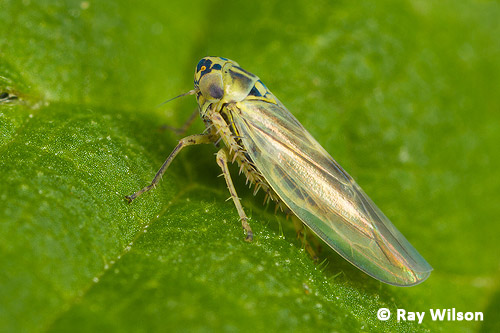
Macrosteles sp. - Attenborough, Nottinghamshire
Mystacides longicornis - Attenborough, Nottinghamshire
Mystacides longicornis is a very distinctive species of Caddisfly. The combination of bold patterning on the wings, the red eyes and the enormously long antennae render it unmistakable.
Palomena prasina - Attenborough, Nottinghamshire
Chrysops carnea is an abundant lacewing species, but due to its normally nocturnal habits it is infrequently encountered.
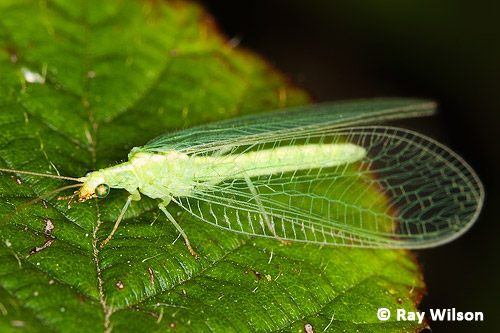
Chrysops carnea - Attenborough, Nottinghamshire
The choice of Mayfly for a colloquial name for the Ephemeroptera is a poor one, as many species emerge in the late summer and early autumn. The species below breeds in stagnant water such as small ponds, drainage ditches and even water butts.
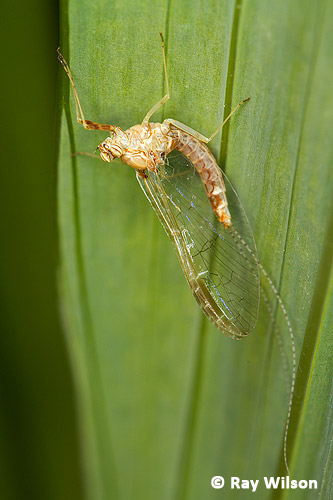
Cloeon dipterum - Attenborough, Nottinghamshire
Next month's photos will be from much further afield...I will be spending most of September on Vancouver Island off the west coast of Canada. Should be good!
Ray Wilson owns the copyright of all images on this site.
They may not be used or copied in any form without prior written permission.
raywilsonphotography@googlemail.com
